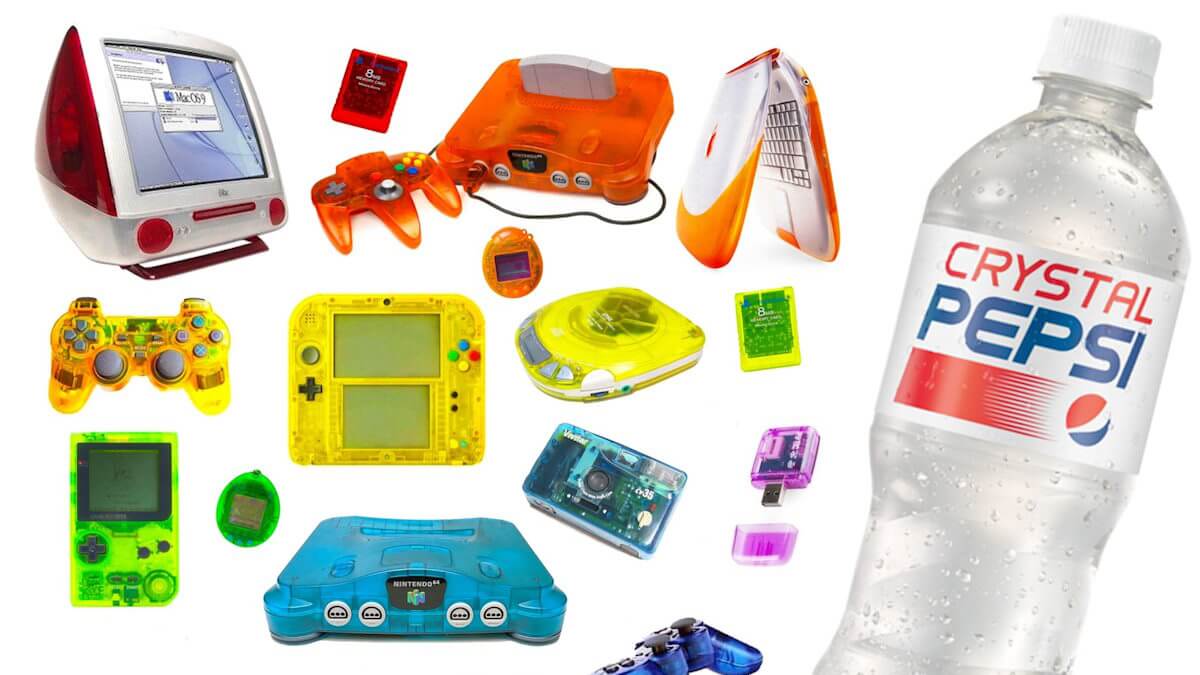What is the first answer you can think of to the question “What was normal 20-30 years ago, but is considered a luxury now?”
After one user on Reddit asked this, they received more than 20,000 responses about the things that changed since the 90s, usually for the worse.
The worst part is that you can’t blame shrinkflation for how most goods and services have become more expensive or less user-friendly. Remember when buying software meant that you owned it, or when you could fix appliances?
Here are some of the things that changed for the worse since the 90s, from people all over the world:
“I hate that everything is a subscription now. I miss being able to just straight up buy Microsoft office, now you need a subscription. There’s a hidden way to buy a license, but it has very basic functionally and limited apps so it’s kinda useless. Even my printer needs a damn subscription to use the ink that came with it (which i hadn’t realized or i wouldn’t have bought it).“
You can blame this one on just how profitable the “as a service” business model is, where you have software as a service (SaaS), banking as a service (BaaS), Games as a service (GaaS) and even Knowledge as a service.
Speaking about games as a service, remember when Ubisoft just pulled the plug on some popular games with little warning?
“Not being expected to be reachable 24/7”.
This was said by Sikslinis_acc, whose sentiment was echoed by many.
“Constant group chats. I’m so overstimulated that it makes me never want to socialize, and by the time we do, there’s nothing to talk about that hasn’t already been meme’d to death,” wrote another user.
Social media fatigue is a syndrome experienced by many, with some experts linking it to most societal ills from the loneliness epidemic to overtourism leading to increased carbon emissions. Still, while devices have never been more affordable, the cost of entertainment has went up.
“Concert Ticket prices”
From Quality_Street_1
Between too many subscriptions needed to access content and services like Ticketmaster, which has enabled scalping to unprecedented levels, fun is a lot more expensive than in the 90s.
Also read: Aesthetic Headphones Round-up: The Starting Guide for Vintage and Design Lovers
“Household products that didn’t break within the first few years of use. My grandma had the same fridge from 1993 for a good while before deciding to swtich to a newer, bigger one 2 years ago, yes, it broke within those 2 years; my mom’s wedding cookware is still going strong 25 years later, but whenever she needs new pans they start flaking teflon into the food within a few months”
From Parangolecomuna
And remember when you could actually fix what was broken?
“Getting things repaired instead of buying new.”
User einRoboter honed in on something that’s leaving most people poorer, without them even realizing it. Thankfully, the right to repair movement is gaining momentum and manufacturers will be forced to let you fix your own devices again.
Conversely, the way most appliances and devices nowadays are made with extraneous functionalities, which means they break faster and/or become obsolete when the manufacturer decides to pull the plug on it.
“I work making consumer appliances and it’s ridiculous how much shit we put wifi and Bluetooth in.
During covid we were nearly at a dead stop.
Because of a chip shortage….
… To put Bluetooth in a washing machine!”
Wrote SeaworthyWide, and user 22034 added an even more head-scratching example of how tech can be misused.
“Look at the Ellume covid test!
Why tf does a disposable single use covid test need a battery and bluetooth?
Incredibly wasteful.”
On Buzzfeed, readers also chimed in with things that got worse over time in the tech area.
“Cars. Back then, there were no touch screens. They are in every, new car now and they break so quickly. I don’t need a computer screen in my car.”
While we do love the exciting changes in the automotive industry, dash displays can be an issue for drivers and have been linked to accidents.
When someone mentioned they missed the concept of “privacy”, which has been an issue thanks to the rise of social media and smart home devices, AOL_awaymessage shared how gyms changed over the years to accommodate oversharing.
“My gym has a designated posing room with mirrors and selfie tripods and flattering lighting. I’m not kidding.
But it’s a bodybuilding Mecca type gym for serious lifters, and it really solved the issue of everyone blocking the dumbbell rack by posing in front of the mirrors.”
And speaking of how technology has changed human interaction, user Ramen_Beef_Baby posted a hilarious insight: with fact-checking being so easy, it’s hard to tell white lies.
“Bullshitting your homies on the playground. Had this revelation last week when talking to my nephew. His friend told some blatant lie I guess (9 year old) and everyone pulled out their brand new iPhones to Google his lying ass.
Remember when someone would say something and you just believed them? Even if you didn’t, you were in for an hour long argument on how it wasn’t possible for Marilyn Manson to remove his ribs to suck his own dick.
It is a luxury because it takes either credit or popularity to just be believed these days. Shit, I doubted half my professors just because they were old.“
That rumor was so prevalent, it was even on TV back in the day. Still, that just proves that, then and now, disinformation was a major issue.
What do you think? Did things get better compared to the 90s or worse? What example do you best think describes the difference between then and now?
Follow TechTheLead on Google News to get the news first.



















